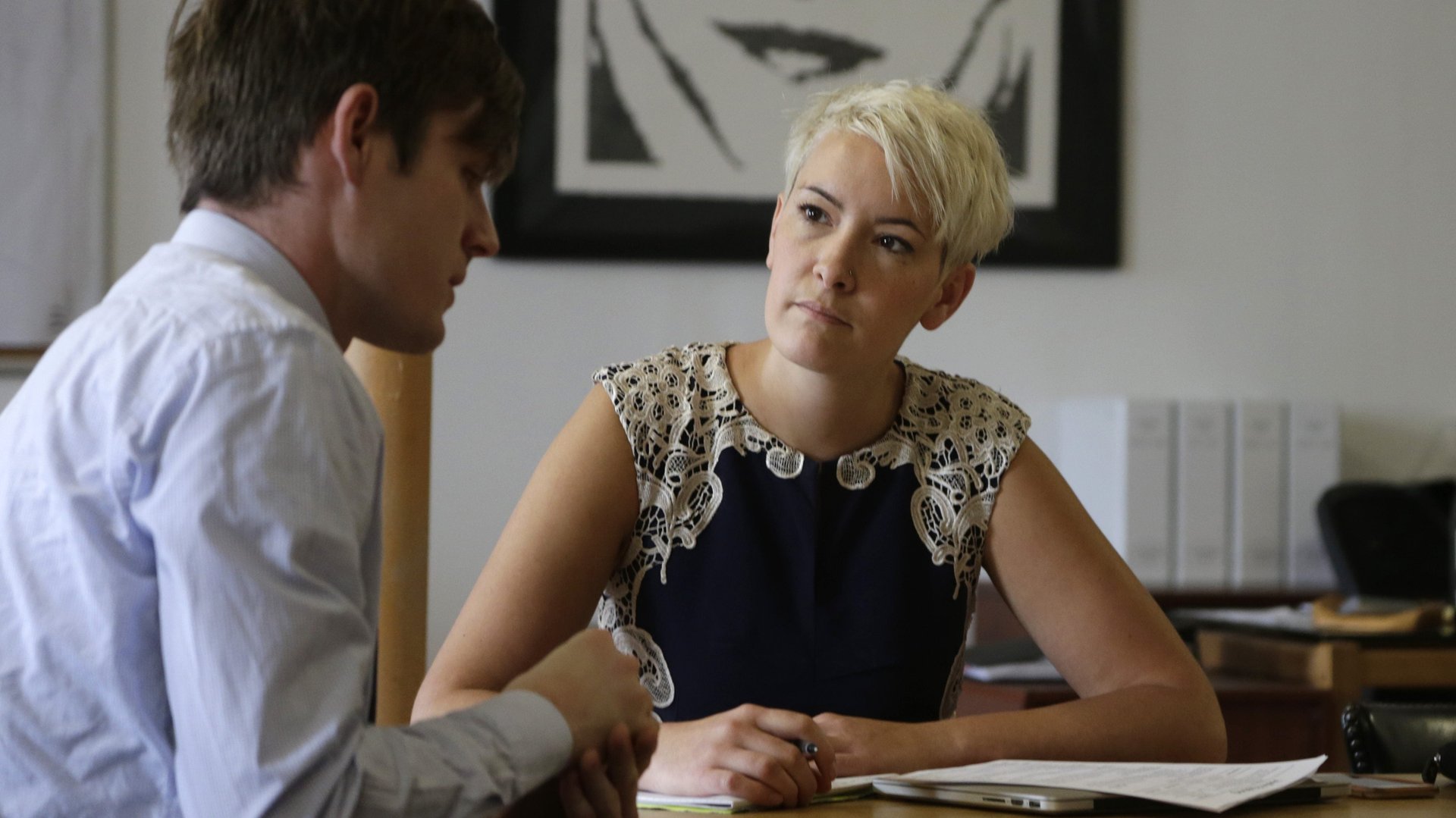What you miss when you interview someone over a video call
With the rise of remote work, recruiting has moved beyond state lines and time zones, and video conferencing has become a normal part of the interview process.


With the rise of remote work, recruiting has moved beyond state lines and time zones, and video conferencing has become a normal part of the interview process.
As anyone who has experienced clumsy technical difficulties during a video chat knows that it can be tough to interview for a job remotely, especially since there are some cues that are easier to pick up on in person.
Here are a few things to look for when leading a virtual interview.
You can’t rely on body language, so be very mindful of facial cues
Is someone relaxed, open, and interested in what you’re saying? It can be much easier to answer these questions based on in-person body language, but in a virtual interview, most often you’ll only be able to see the candidate’s face. Look for nonverbal cues like smiles, relaxed eyebrows, and eye contact with the webcam. These convey empathy and kindness.
Not sure where the interviewee is looking? That’s a problem
Eye contact is the best way to establish rapport and create an interpersonal connection.
Identifying where someone is looking is also a tell-tale way to see if the interviewee is reading off of a script rather than interacting with you naturally and on the fly, which could indicate inexperience or limited people skills. An interviewee who is confident and keeps good eye contact usually also has other great qualities, such as communication skills, and it’s also an indicator of their genuine interest in the field they work in.
The interviewer should also be mindful of where she or he is looking. Even though they’re used to taking notes during meetings and calls, I ask hiring managers to refrain from electronic note taking during a video interview and instead just focus on the candidate and their conversation, since it can be obvious and distracting when someone is typing in another application during a video call.
Video lag can make back-and-forth conversation hard, so make room for responses
It’s easier to see when someone wants to say something if you’re meeting in person. You can tell when candidates lean in, open their mouths or raise their hands a little. This can be easy to miss on a video chat, and people often avoid interjecting or miss their chance to make a point because trying to find a time to get a word in edgewise can feel too awkward.
Make sure to pause after every few sentences, in case the interviewee wants to address a point you’ve made, and frequently ask if he or she has any questions or insight to add. Keep an eye out for any non-verbal signs that he or she would like to say something—for instance, small nods typically translate to agreement, while tilting of the head can be a sign of misunderstanding.
Don’t equate video call awkwardness with incompetence
Video interviews can often feel uncomfortable, and technical difficulties have the potential to throw off an entire conversation. It’s important to remember that just because a candidate may not be familiar with the video call tool you’re using doesn’t mean they are a bad fit for the role.
Always bring final candidates in for an in-person interview
To make up for anything we may miss on a video chat, we always try to bring candidates in to one of Evernote’s offices before making a final decision.
Video interviews can be convenient and easy, but nothing can replace the natural chemistry of an in-person meeting.
Michelle Wagner is senior vice president of people operations at Evernote